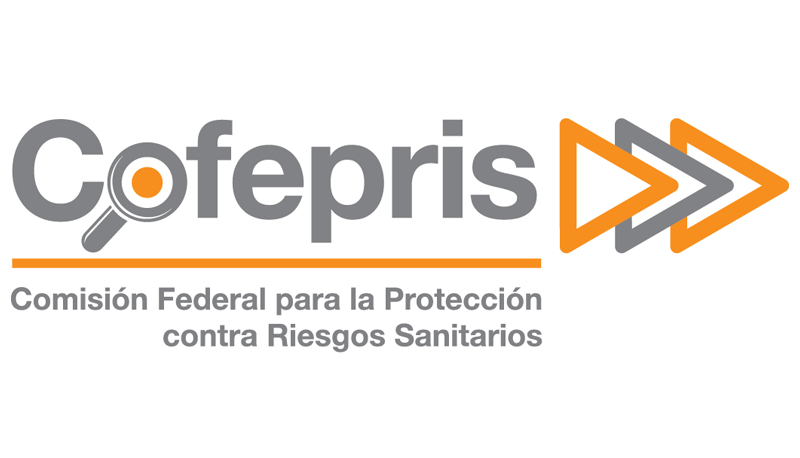The Economics of Self-Care in Mexico – October 2017
Current OTC Use Versus Public Health System Treatment for Common Conditions
Every year, millions of people in Mexico seek treatment for common, non-serious health conditions in the public health care system, despite the availability of effective, cost-efficient over-the-counter (OTC) solutions.
This common practice leads to unnecessarily high health care costs:
- These costs may be as high as $745 million per year across Mexico’s public health care institutions Instituto Mexicano del Seguro Social (IMSS), Instituto de Seguridad y Servicios Sociales de los Trabajadores del Estado (ISSSTE) and Secretaria de Salud (SSA) institutions
- In comparison, costs associated with using OTC products to treat the same conditions may be just $120 million per year.

Study Overview & Objectives
In order to demonstrate the potential economic and societal benefits of an increase in the number and variety of OTC medicines for consumers and patients in Mexico, Bayer commissioned a study (Sep-Dec 2016) to quantify the cost differences between OTC self-care versus the costs for treatment through Mexico’s public health systems for several common, nonserious conditions.
The study also sought to quantify the positive economic impacts associated with the implementation of a preventive supplementary regimen for chronic conditions, such as osteoporosis, to further highlight the benefits of OTC access.
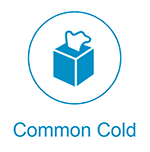
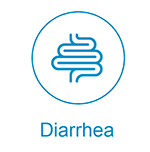
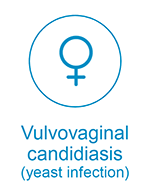

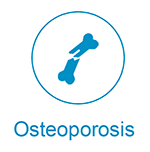
Key Study Results
The study found that the Mexican public health care sector bears a large burden of cost for conditions that could be easily and effectively treated with OTC medicines.
The average per capita annual costs for families who self-manage common conditions with OTC drug products was just $22, compared with an average annual per capita cost of $123 for those patients whose care was managed in the public health care sector.
OTC products help maintain a healthy Mexican workforce, offering $93 million in potential productivity benefits, related to a reduction in lost labor time.
A portion of the public healthcare budget across IMSS, ISSSTE and SSA is dedicated to treating these common conditions that could be easily and effectively treated with OTC products. This includes:
- 13.7% in SSA
- 5.1% in IMSS
- 9.8% in ISSSTE
Total Potential Cost Savings
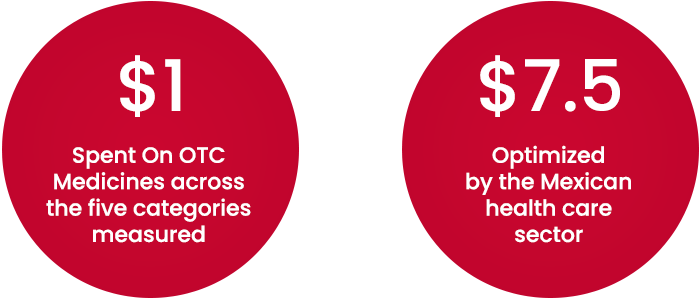
The Need to Expand OTC social responsibility is clear
The study results are clear. Practicing self-care through the use of OTC products is an affordable, safe and easily accessible way for consumers to manage some frequent health conditions and collaborate with public health system.
The number and variety of self-care treatments should be increased in order to:
- Optimize public health care sector costs, by shifting treatment of conditions from costly institutional management to inexpensive and accessible drugstore products
- Improve societal productivity, by reducing lost labor days and allowing patients better quality-of-life
- Minimize the risk of allowing chronic conditions to worsen over time, by encouraging the use of preventive supplement regimens (e.g., use of Calcium plus Vitamin D in people with osteoporosis).
AFAMELA and COFEPRIS Working Together to Optimize the OTC Product Regulation in Mexico: A Win-Win for Public and Economic Health
A common agenda that expand the benefit of OTC for public:
- Increase the level of information with a more efficient and self-regulated advertising
- Public Communications of the benefits of responsible Self-Care
- Simplification of Administrative Procedures to expand access of new treatments and speed go-to-market
- Increase number of Prescription-to-OTC Switch
- Counterfeiting products: Diminish sanitary risks and economics leak.
